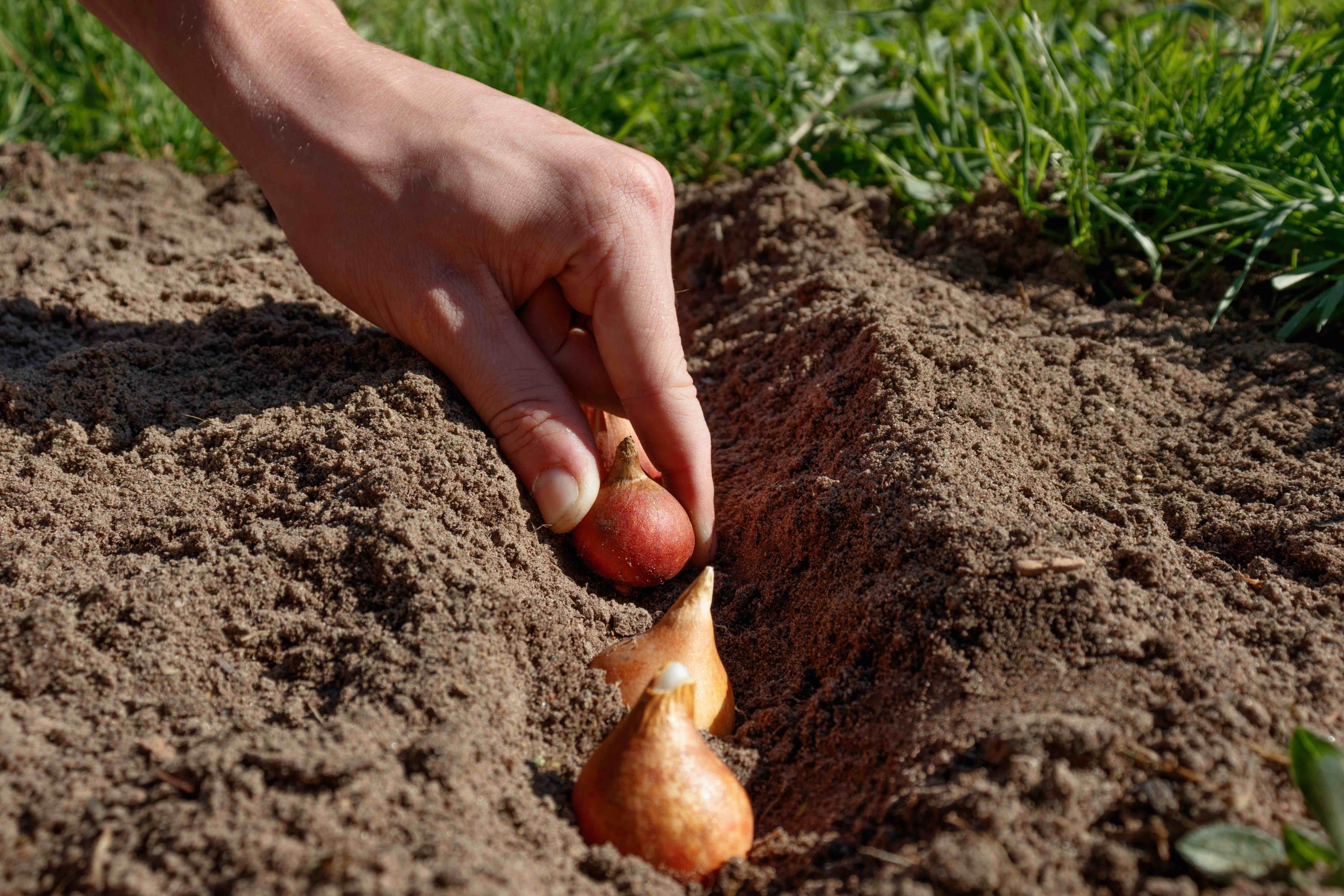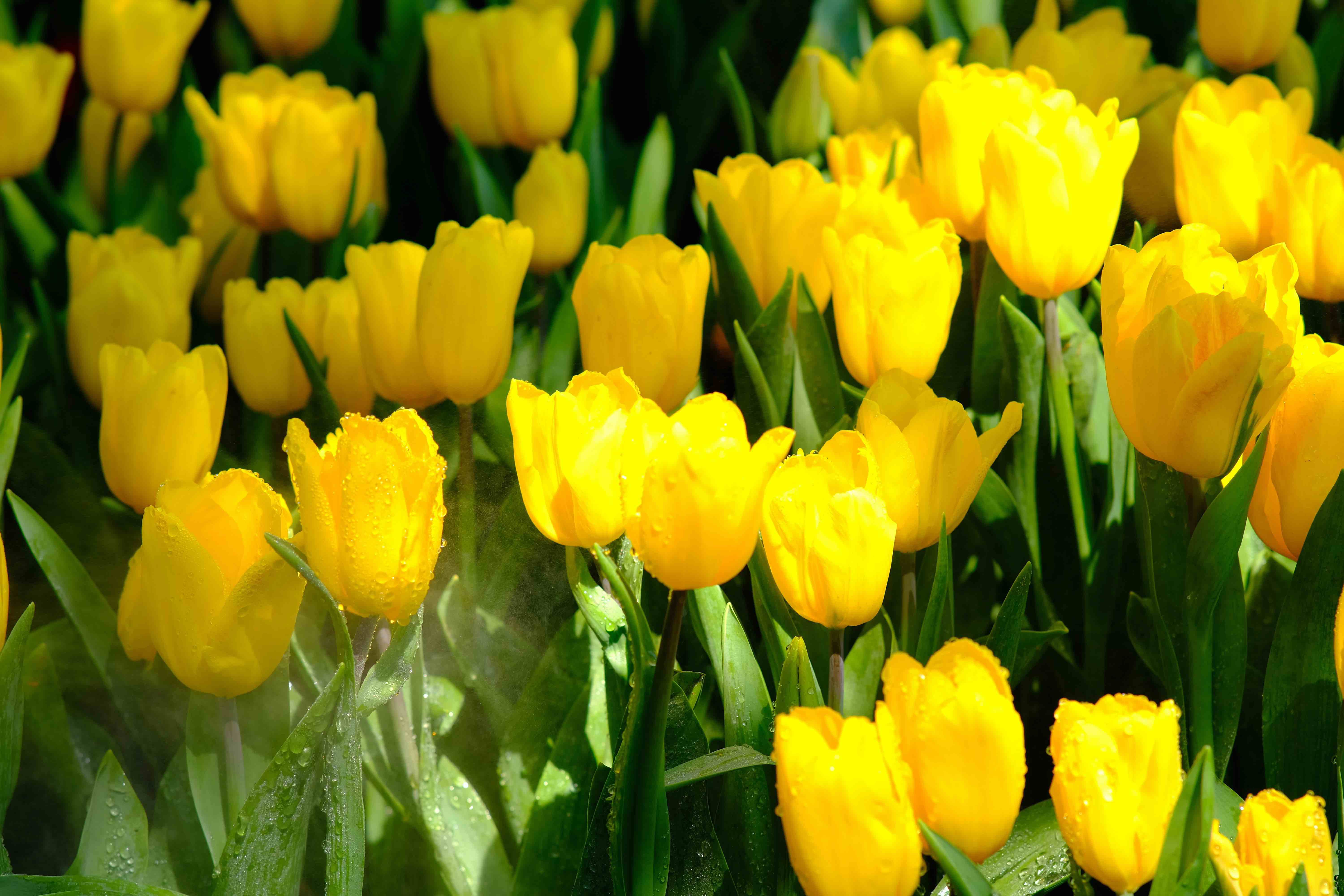Tulips, Tulips Everywhere
Author
Published
4/28/2024
Tulips are a quintessential spring icon worldwide. Their bright colors and distinguishable goblet-shaped buds adorn wreaths, spring home décor, and fresh bouquets.
But tulips weren’t always recognized everywhere in the world. According to Europeana.eu, they originated in central Asia and were first cultivated in Iran (then Persia) in the 10th century. They eventually became a symbol of the Ottoman Empire, featured in elaborate pottery, tile, and carpet designs. A Viennese ambassador is credited with bringing some tulip bulbs back from Constantinople (now Istanbul) and introducing them to Europe.
Later in the 16th century, a botanist Carolus Clusius started planting tulips in Leiden University’s botanic garden and is credited with bringing tulips to the Netherlands. Tulip production and infatuation exploded in the Netherlands during the 17th century and soon became a national symbol. To this day they are the largest producer of Tulips in the world.

Popularity
Utah and its surrounding states have several cut flower growers, who are already harvesting tulips for florists, weddings, and retail stores.
“I think people love tulips so much because they’re the first flower of the spring, and people are eager for color after the winter,” said Stephen Workman, a flower farmer from Morgan and co-owner of the Picklinq Collective. “Tulips also last for a long time, up to two weeks in a vase, and there is so much variety to choose from.”
Workman enjoys growing tulips because once you figure out their water and shading needs, they are a pretty reliable crop.
“They have all the nutrients they need within their bulb, so they don’t have much fertilizer needs, and they are pretty insect resistant,” Workman said.
Tulips are also popular with florists, for their color variety and unique stems.

“I think tulips are so popular because the array of colors is more than any other flower,” said Vanessa Kuemmerle, a flower farmer in Blackfoot, Idaho. “They’re most interesting right before they’re done blooming. Their stems keep growing and they can become very sculptural and interesting shapes.”
Kuemmerle farms alongside her partner, Lorin Harrison. They grow 100 different varieties of flowers and sell them wholesale to florists in Utah and Idaho.
Workman, Kuemmerle, and Harrison all expressed similar reasons for loving growing flowers. They all love working outside, the challenge, and the beauty of it.
“It’s an aesthetic exercise,” Kuemmerle said. “You eat with your eyes first and there’s something about having beauty in your life. Living around flowers all year round is a pretty big gift.”
For those wanting a local experience with tulips, Thanksgiving Point’s Ashton Gardens is the location for its annual tulip festival, which runs April 10 through May 18. It features more than 750,000 spring flowers, including tulips, daffodils, hyacinths, poppies, and more. More information can be found at thanksgivingpoint.org/events/tulip-festival.

For Home Growers – Tips From the Flower Farmers
- For a perennial garden (tulips that will come up every year) choose a “Darwin” variety. Specialized hybrid varieties need to be replanted each year to keep their characteristics (like ruffled edges or more petals than usual).
- Plant bulbs twice as deep as the bulb is tall, usually 3 to 4 inches.
- Tulip bulbs must be planted the previous fall, so start planning your tulip garden now.
- Tulips need a certain amount of “chill time” in the winter, so avoid planting bulbs close to a house or other structures that produce heat because it may warm the bulb too soon.
- Start watering your bulbs before you think you need to. As soon as your hose isn’t frozen, start watering.
- If you’re not harvesting mud, the soil is too dry.
- Harvest your tulips when you first see color on the bud, while they’re still closed. The buds will continue to open, and the stems will continue to grow inside.
- For a perennial grower, when you cut the tulips for a vase, leave the leaves to feed the bulb for the next year. You can cut away the foliage once it turns brown and curls up.
- For longest-lasting bouquets, cut ¼ to ½ an inch off the bottom of each stem in a diagonal direction and change the water daily.
Want more news on this topic? Farm Bureau members may subscribe for a free email news service, featuring the farm and rural topics that interest them most!
